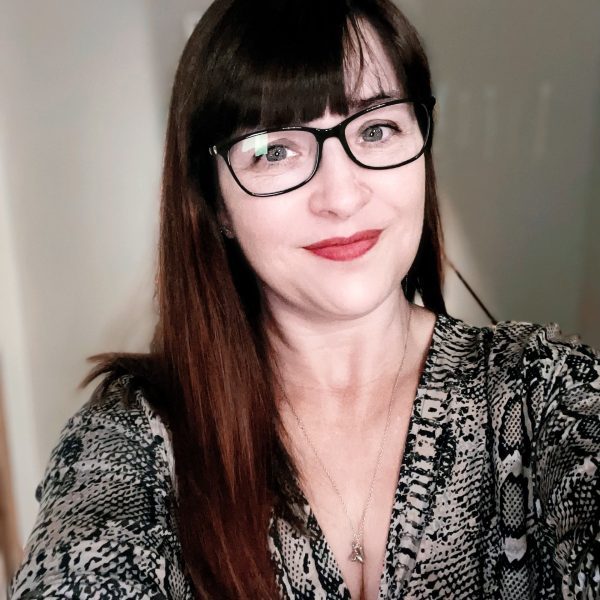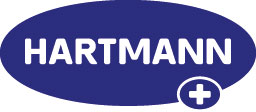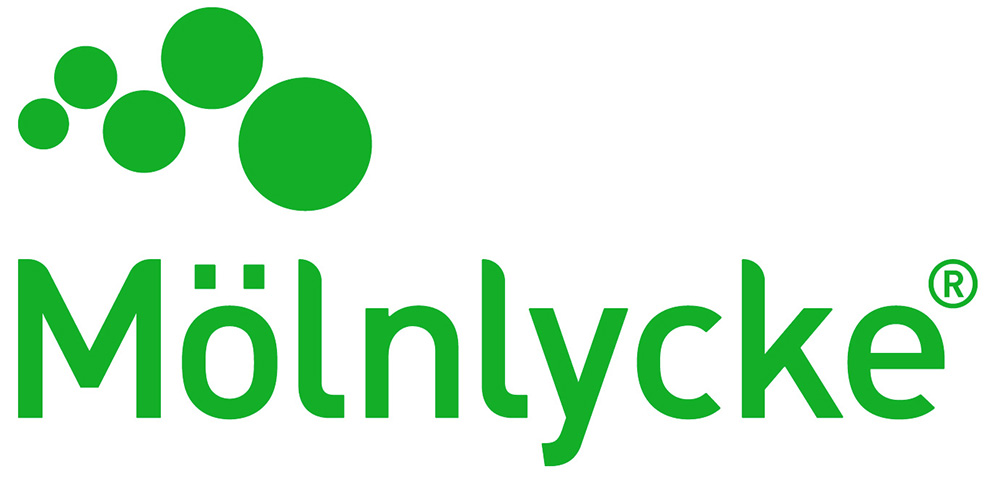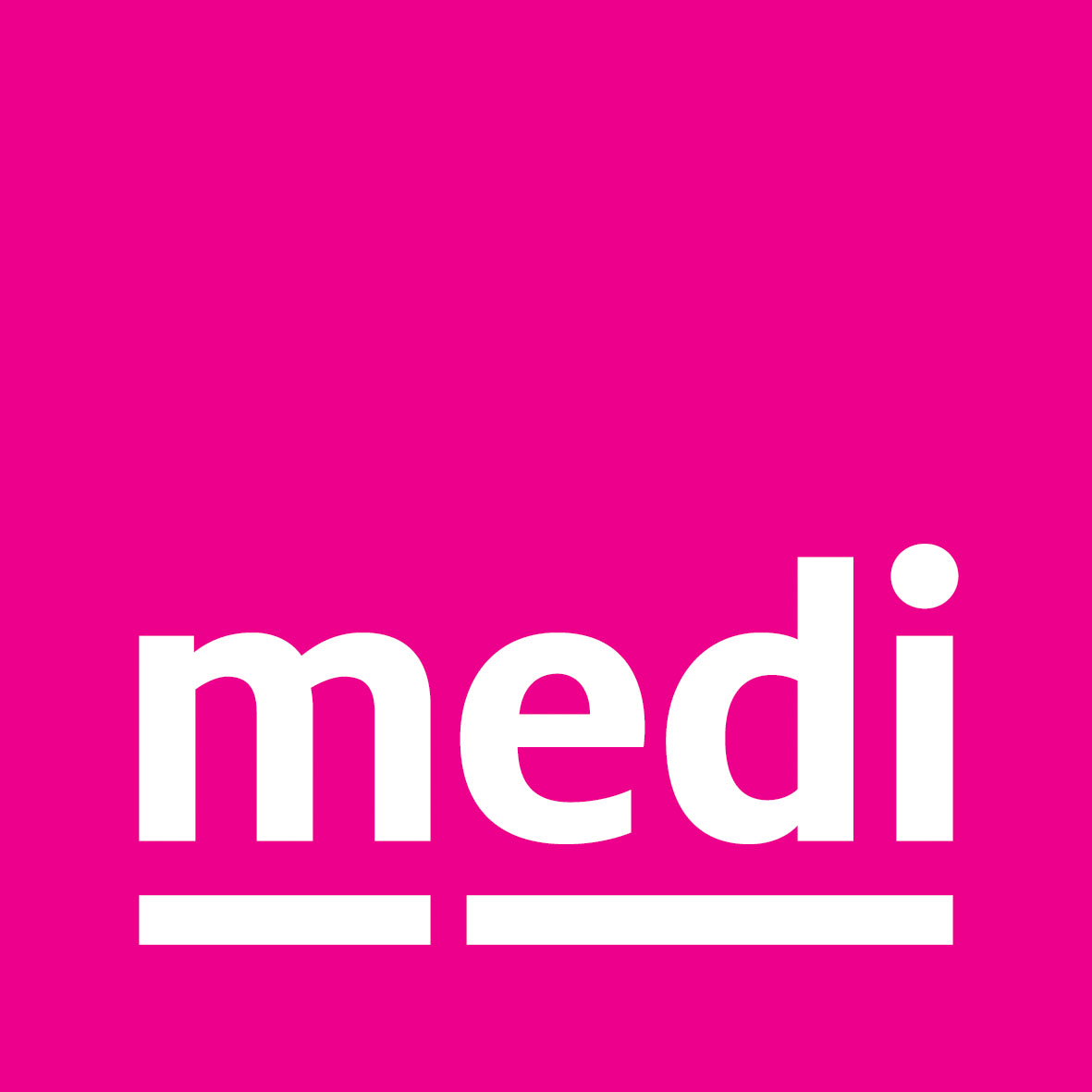Mastering Moisture and Edges: Advanced Strategies in Wound Healing with T.I.M.E.
Join our FREE webinar supported by Smith + Nephew

Mastering Moisture and Edges: Advanced Strategies in Wound Healing with T.I.M.E.1,2
Overview
This webinar will provide an introduction to the T.I.M.E. Framework and explore why it matters and will include interactive case studies with live feedback and Q&A with our Expert Panel
Download a pdf copy of the flyer
Who is the webinar suitable for?
Tissue Viability Nurses, Practice Nurses, District Nurses, Community Nurse, Nursing Home Nurses
Key Learning Objectives
- Apply the T.I.M.E. framework interactively to real-world wound scenarios.
- Understand the role of moisture balance in wound healing.
- Identify types and levels of exudate and appropriate dressing choices.
- Explore the use of sNPWT in managing exudate and promoting wound edge advancement
References
-
- Schultz GS, Sibbald RG, Falanga V, et al. Wound bed preparation: a systematic approach to wound management. Wound Rep Reg (2003);11:1-28.
- Leaper DJ, Schultz G, Carville K, Fletcher J, Swanson T, Drake R. Extending the TIME concept: what have we learned in the past 10 years? Int Wound J 2012; 9 (Suppl. 2):1–19.
T – Tissue (non-viable or deficient)
Objective
Identify and manage non-viable tissue.
Key Points
- Types of tissue: necrotic, slough, granulation, epithelial
- Importance of debridement (autolytic, enzymatic, sharp, etc.)
- Promote healthy granulation and epithelialization
I – Infection
Objective
Recognize and respond to wound infection.
Key Tools
- NERDS: Non-healing, Exudate, Red/bleeding, Debris, Smell → Topical antimicrobials
- STONES: Size ↑, Temperature, Os (bone), New breakdown, Exudate, Erythema/Edema, Smell → Systemic antibiotics
M – Moisture
Types of exudate
Serous, purulent, sanguineous, etc.
Assessment tools
Exudate volume, consistency, colour, and odour.
Exudate Management Strategies
- Super absorbent dressings
- Foam and gelling fibre dressings
- sNPWT: Indications, benefits, and case examples
E – Edge
- Recognizing non-advancing wound edges
- Causes: Hyperkeratosis, epibole, maceration
Edge Management Strategies
- Debridement
- Edge stimulation techniques
- Role of sNPWT in promoting edge migration
Keynote Speakers


Deborah Chester Bessell
Teaching and Learning Fellow (Adult Nursing)
University of Salford
Read more…













